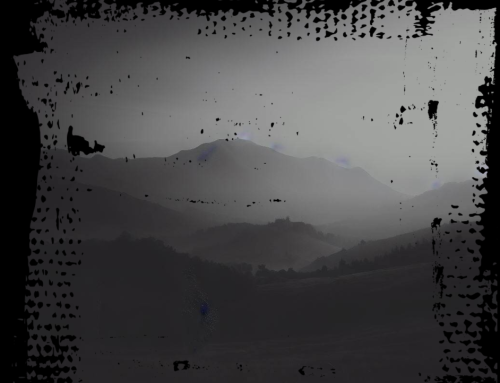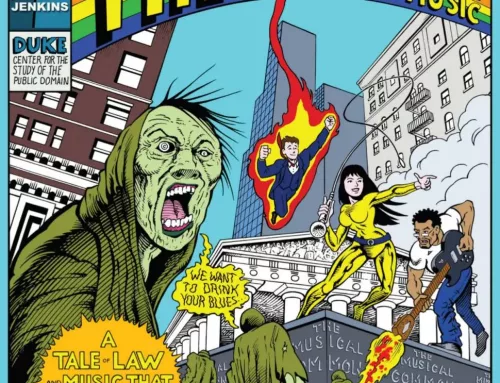Opera…
This morning was distracted by Verdi’s “Oberto conte di San Bonifacio”.
After a short search…
Total number of performances by country, for the 2017/18 season. In brackets, the national populations in millions.

Composers ranked by the number of performances of their operas over the five seasons 2013/14 to 2017/18.

If we keep going on like this, in the year 2100 you will hear operas that will be on average 222 years old.
Interesting is that there is a similar pattern in most art forms. To look out into the future is what we usually do as humans. One could say, “cautiously” that in the artistic fields, apart from a few exceptions, the focus is set far in the past. This may be because we tend to appreciate the classics more than the innovations, or because we find comfort and inspiration in the works of our predecessors. Art should be a catalyst for change and progress is not just a reflection of history. By embracing new forms, mediums, and perspectives, we can enrich artistic expression and challenge ourselves to create something original and meaningful. Therefore, I think that we should balance the past with our curiosity for the future, and explore the possibilities that lie ahead of us.
There is a common argument that old operas are the epitome of beauty and that modern productions pale in comparison. But should we limit ourselves to the classics of the past? Imagine if we applied the same logic to film and only showed masterpieces from Fellini, Tarkovsky, or Chaplin in cinemas. While these filmmakers have undoubtedly created remarkable works, we would miss out on the opportunity to gain insights into contemporary life. Old movies certainly have their place in film history, but it’s equally important to embrace new and innovative productions that resonate with audiences today. If we solely rely on the classics, we risk limiting our ability to explore new perspectives and ideas. By showcasing a diversity of films that span different time periods, we can gain a more comprehensive understanding of the human experience and how it has evolved over time. So let’s not limit ourselves to the past, but instead, embrace the new stories waiting to be told.
Are you tired of today’s opera productions? Does it feel like the only thing that changes is the set and design? It’s easy to fall into this mindset, but let’s not forget the incredible masterpieces that were already in the operatic repertoire by the end of the 19th century. However, it’s important to recognize that without new works and composers, the genre would stagnate. Just think of Puccini, whose works are now a staple in the opera world. And while traditionalists may resist new productions, we must remember that healthy competition and experimentation are necessary for the art form to evolve. So let’s embrace the potential for new masterpieces from the likes of future Puccinis, Wagners, and Mozarts. After all, if we don’t give them room to grow, we’ll only be fulfilling a self-fulfilling prophecy of stagnation.



